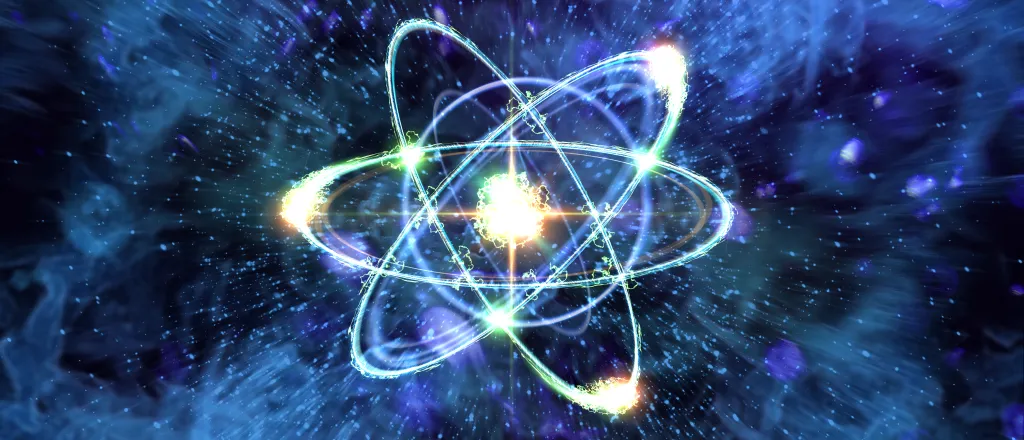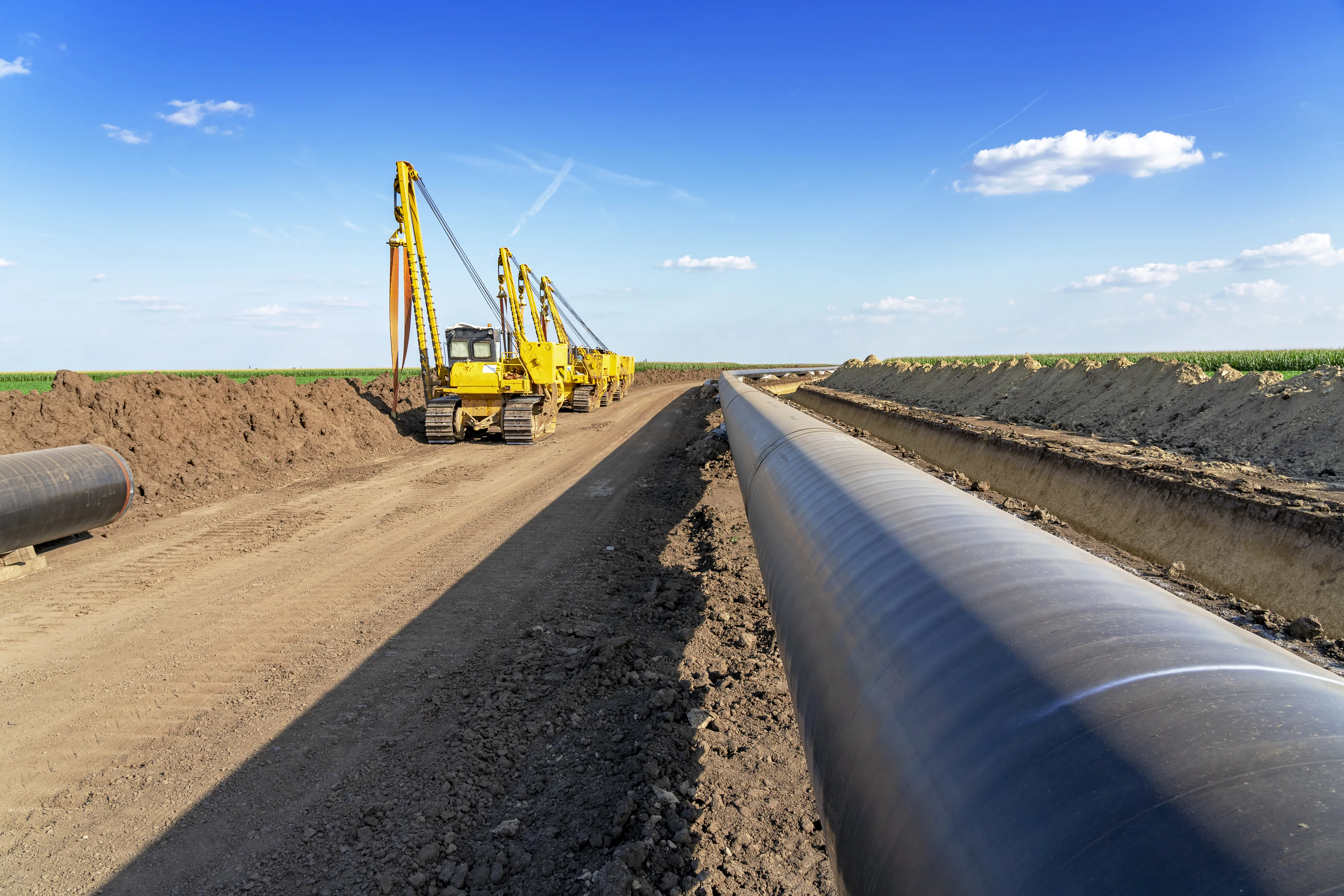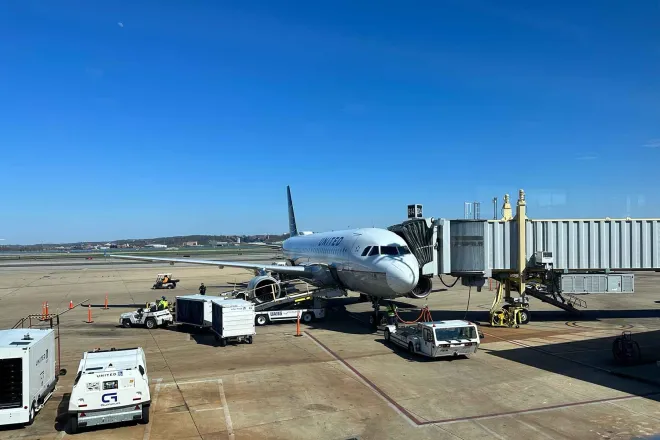
Q&A: How new technology would fuel a different kind of nuclear power plant in Kansas
Increasing energy demands and the need to stabilize aging infrastructure are pushing countries around the world to consider building the next-generation of nuclear power plants, which many are calling a nuclear renaissance.
Kansas may join the revival. The Kansas Department of Commerce and the state’s largest electric company recently announced a memorandum of understanding with TerraPower to determine whether the company’s Natrium nuclear power plant might be appropriate for Kansas.
Kansas Reflector sat down with Andrew Richards, TerraPower’s vice president of government affairs, to discuss how the Natrium nuclear power plant differs from Evergy’s Wolf Creek Nuclear Generating Station that went online in 1985.
How do older nuclear power plants, like Wolf Creek, operate?
The Wolf Creek power plant is a pressurized water reactor, operating at a very high pressure in a container and using water as its coolant, Richards said.
“The fuel rods are enriched uranium, radioactive,” he said. “They lower into the water, the water boils, the boiling water creates steam. That steam spins a turbine to create electricity. The water also acts as a coolant.”
How does TerraPower’s nuclear power plant operate?
The Natrium reactor uses liquid sodium rather than water as a coolant, Richards said. With a boiling point of 800 degrees Celsius, or 1472 degrees Fahrenheit, the liquid offers less chance of boiling off in case of an accident, he said.
The reactor operates at atmospheric pressure, meaning it works in a lower pressure environment than traditional nuclear reactors, Richards said.
“At a very high level, the coolant is probably the biggest safety case for our reactor,” he said.
Additionally, the fuel is substantially different, he said.
Reactors like Wolf Creek use low-enriched uranium, which is enriched up to 5 percent, Richards said. Uranium enrichment is a process of increasing the amount of a specific isotope, U-235, that is in the uranium, according to the World Nuclear Association.
The Natrium reactor uses uranium enriched up to 20 percent, called Halo, Richards said.
“That means it’s more efficient and we don’t need as much of it, which essentially creates less spent nuclear fuel or nuclear waste,” he said.
Another difference is layout of the facility, which is split into two separate sections, a concept unique to TerraPower’s plant, Richards said.
In a smaller area, about 170 square feet out of the total development of 738 square feet, is a “nuclear island” where the reactor sits, he said. That area is the only part of the project that the Nuclear Regulatory Commission oversees for licensing, and it’s built using nuclear-rated cement and with other safety precautions.
A separate area, referred to as an “energy island,” houses molten salt energy storage tanks, which are large tanks where the heat from the reactor is stored, Richards said. That heat is then used to turn the turbine to create electricity.
Can the Natrium ramp up and down to easily respond to energy demands?
Richards said the Natrium provides a base of 345 megawatts of energy but the salt storage tanks allow it to ramp up to 500 megawatts for up to about 5.5 hours.
For comparison, the two natural gas plants Evergy is planning to build will each add 710 megawatts of power to the company’s generation portfolio and have an expected life of 40 years. Generally, 1 megawatts will power 1,000 homes, so the addition of 1,420 megawatts will power about 1.4 million homes.
Where else are you developing Natrium nuclear reactors?
The first Natrium is under construction in Wyoming, Richards said. The company also is talking to other countries, including the United Kingdom and South Korea, where Richards said many of the company’s investors are from.
Richards said it’s important for TerraPower, a company founded 18 years ago by Bill Gates, to get the Wyoming plant online. Many people don’t understand how real the project is because a lot of projections have been made about nuclear energy, he said.
“There’s a lot of nuclear companies and there’s a lot of promises being made. For TerraPower, we’re under construction. We’re moving ahead as fast as possible for a Wyoming reactor,” he said. “We anticipate it coming online by 2030 so we’re less talk and we’re more action. We’re eager to show the world that, yes, we can do this.”
Cost for nuclear energy has been considered prohibitive, and the Wyoming Natrium plant is estimated to cost $4 billion. How do you foresee a project of that cost working in a regulated utility environment like Kansas?
“The MOU we just announced allows us to begin having those conversations with Evergy,” Richards said. “It’s still very early days in terms of pricing or how it would work in Evergy service territory.”
However, Richards said Wyoming offers one option for managing costs.
“The Advanced Reactor Demonstration Program created by Congress in 2020 allowed us to do the project in Wyoming,” he said. “It’s a 50-50 partnership with the U.S. government and TerraPower. Each Congress has appropriated a substantial amount of money to push this plant forward, and it’s not just the plant that we’re building. It’s the entire Natrium supply chain — that means the supplying, the reactor vessel, the fuel, the licensing, the workforce.”
Does the current administration, which has been pushing for more coal power, support nuclear energy?
“I think the administration has been very supportive of the nuclear industry,” Richards said. “President Trump in May signed four civil nuclear executive orders that work to amplify and accelerate the industry. We’ve seen a lot of support under this administration and bipartisanly from Congress for our project.”
What are the benefits of nuclear energy?
Nuclear energy is emission-free, Richards said. The concern about the nuclear waste generated is something that his company acknowledges and is part of the plan for the future.
“Nuclear offers baseload energy — clean, viable base load energy — 24/7,” he said. “I believe Evergy and the Southwest Power Pool are estimating about 134 percent energy increase by 2034.
What about concerns about nuclear waste?
It’s understood that waste is part of the plan and will have to be addressed, Richards said.
“There are 94 operating reactors in the United States, in 34 states,” he said. “What our plant does is no different than what is done today. We will have spent nuclear fuel, it will be removed from the reactor, put into a pool to cool down. Once it’s cooled down, it will be put into a cement cask and will remain on site until the federal government has a final repository. It’s safe. It’s secure. It is no threat to anyone.”
















